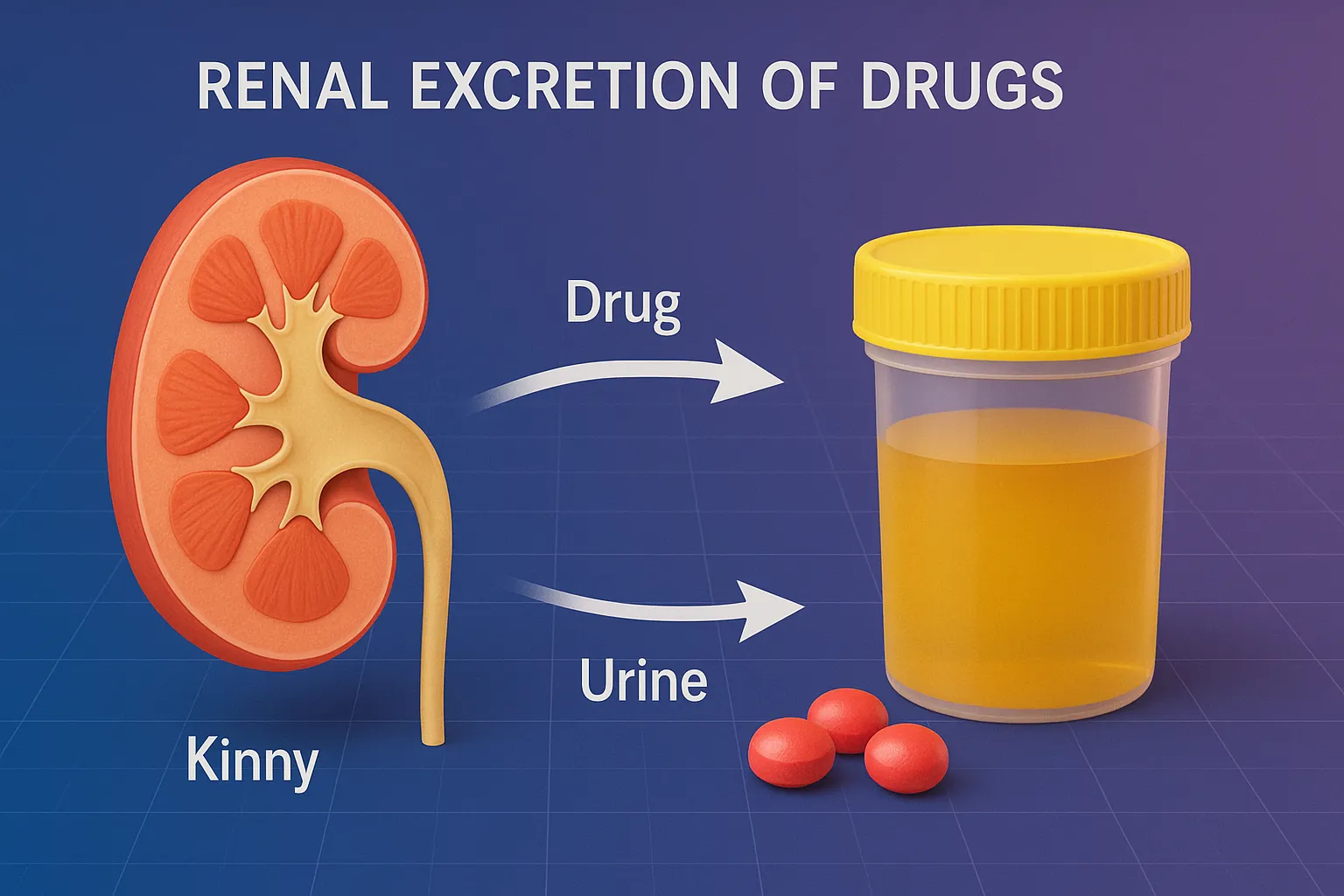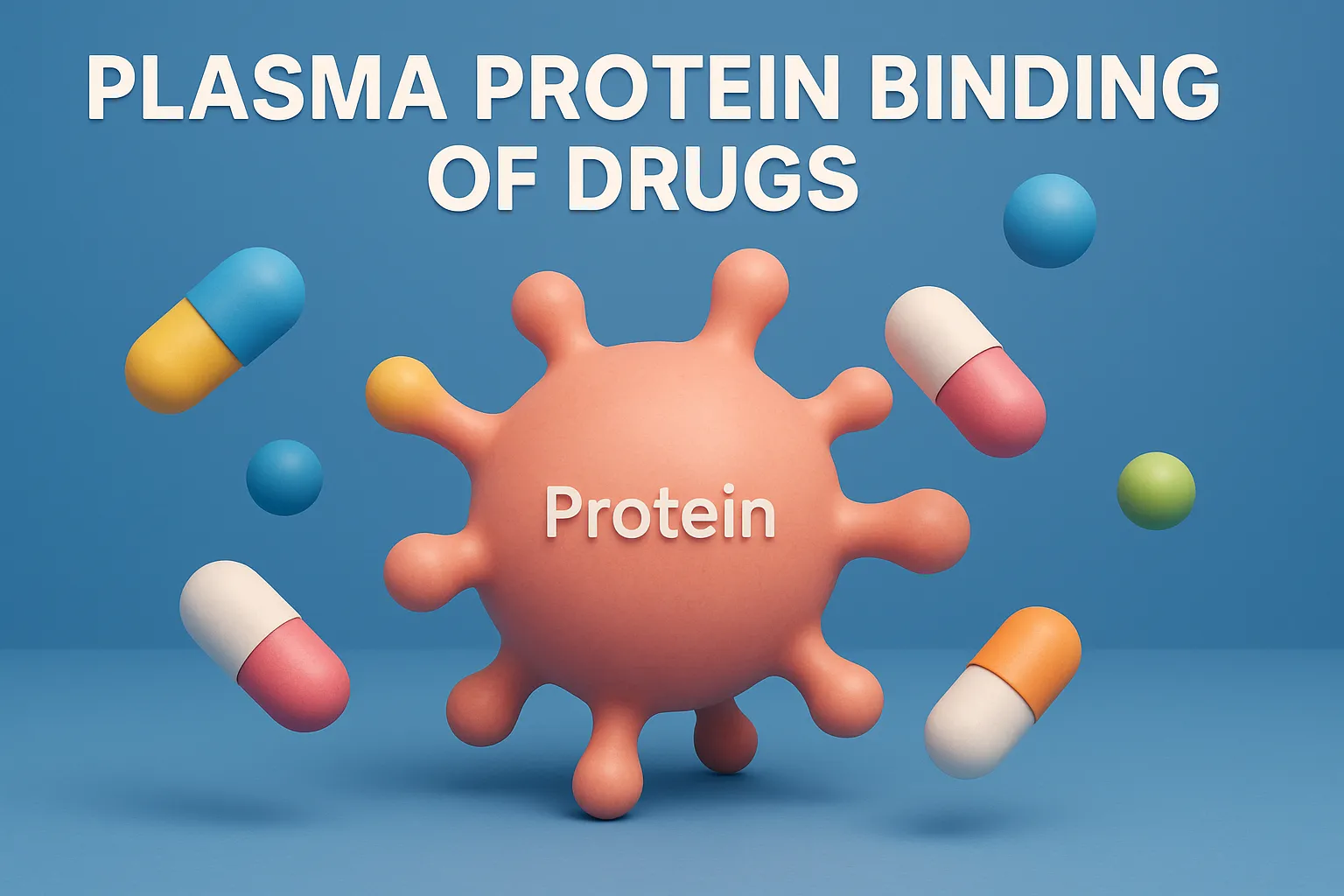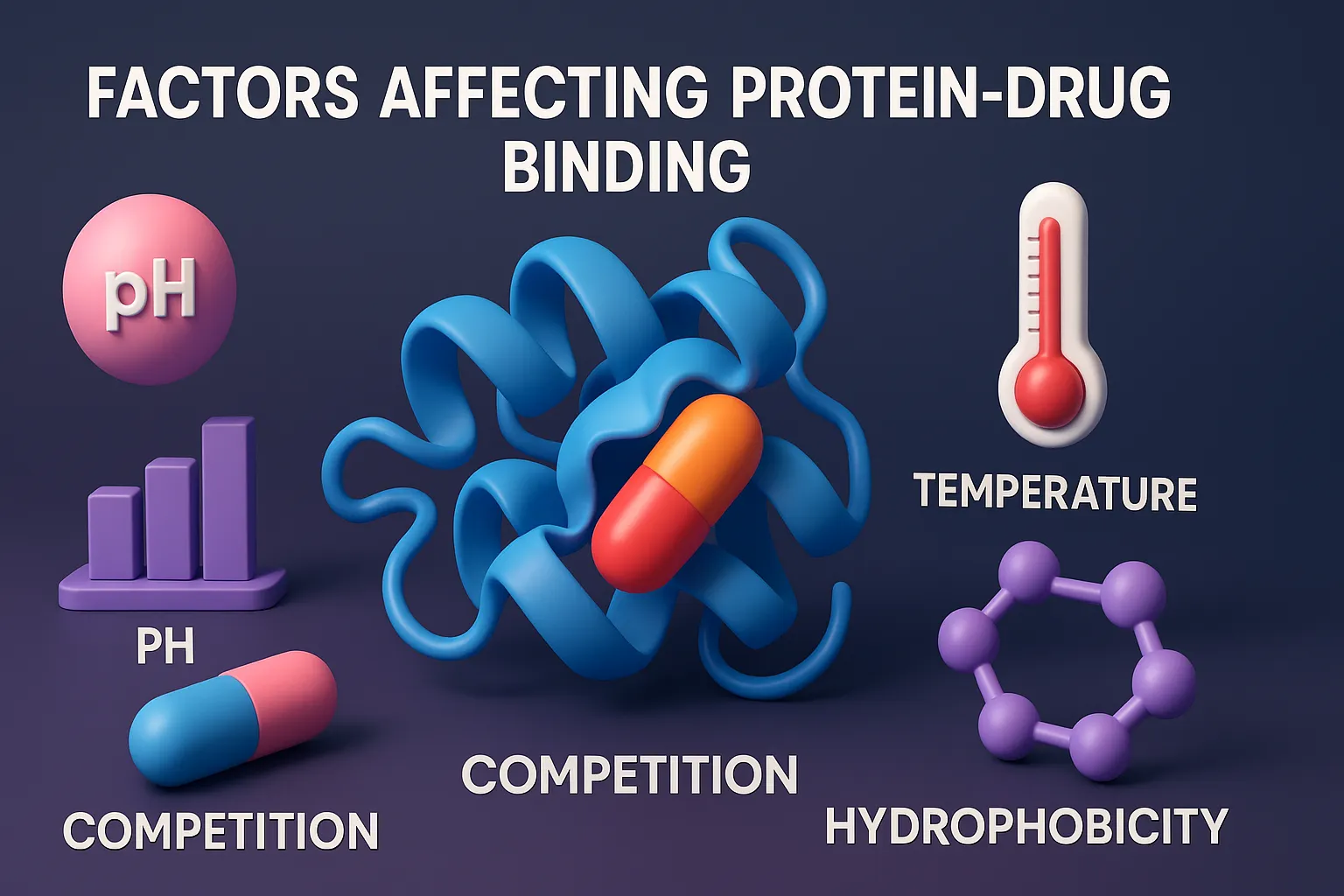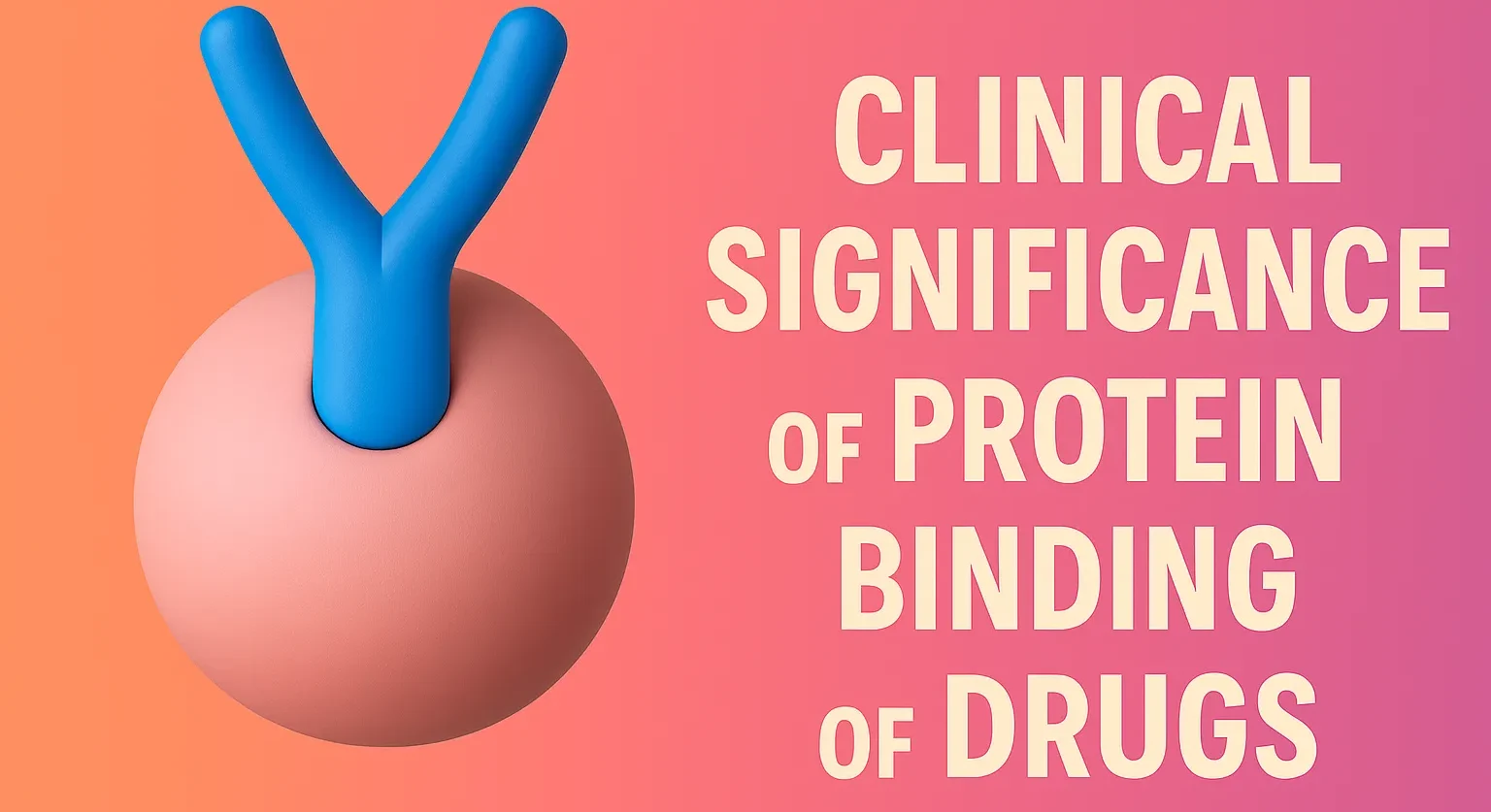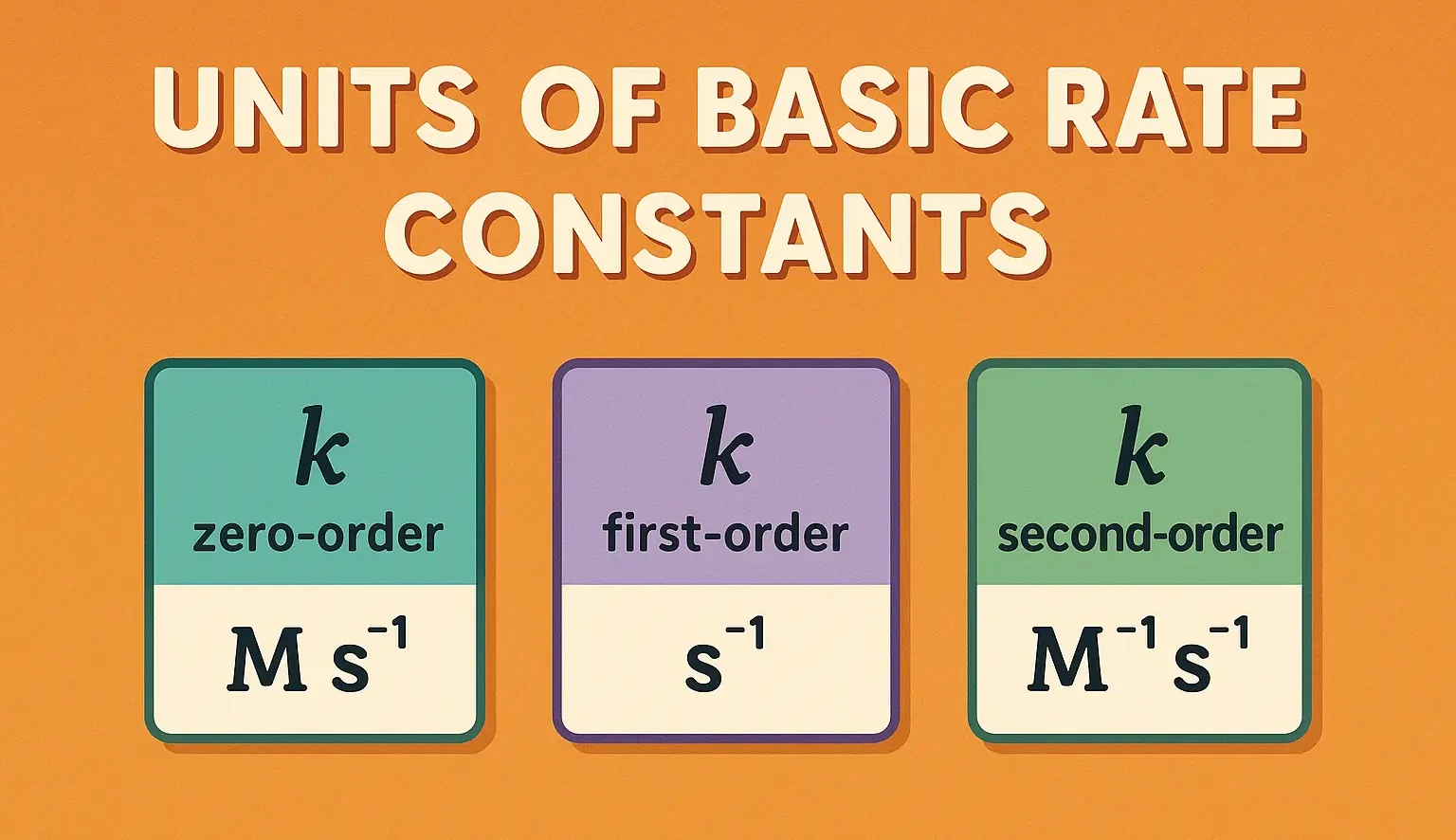Renal Excretion of Drugs
Renal Excretion of Drugs involves filtration, secretion, and reabsorption processes that remove drugs through the kidneys. Renal Excretion of Drugs After metabolism (or sometimes directly if they are already sufficiently water-soluble), drugs and their metabolites are excreted from the body. The kidneys are the primary route for most water-soluble agents. Basic Renal Anatomy & Physiology … Read more

